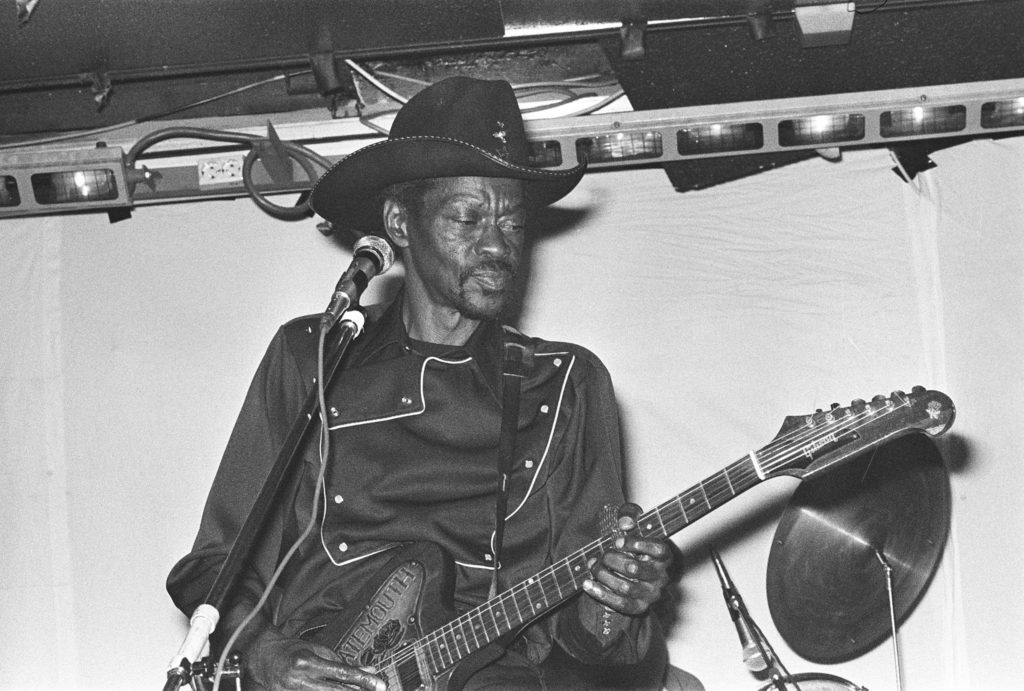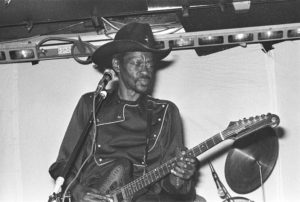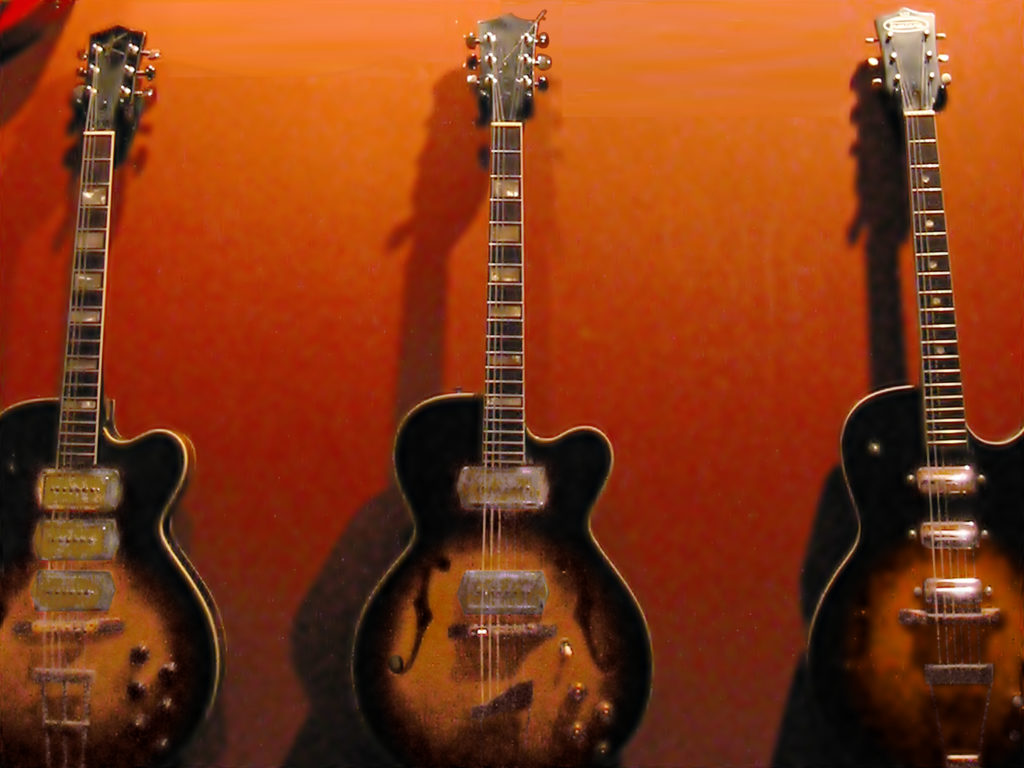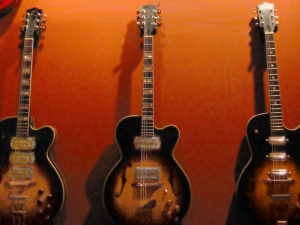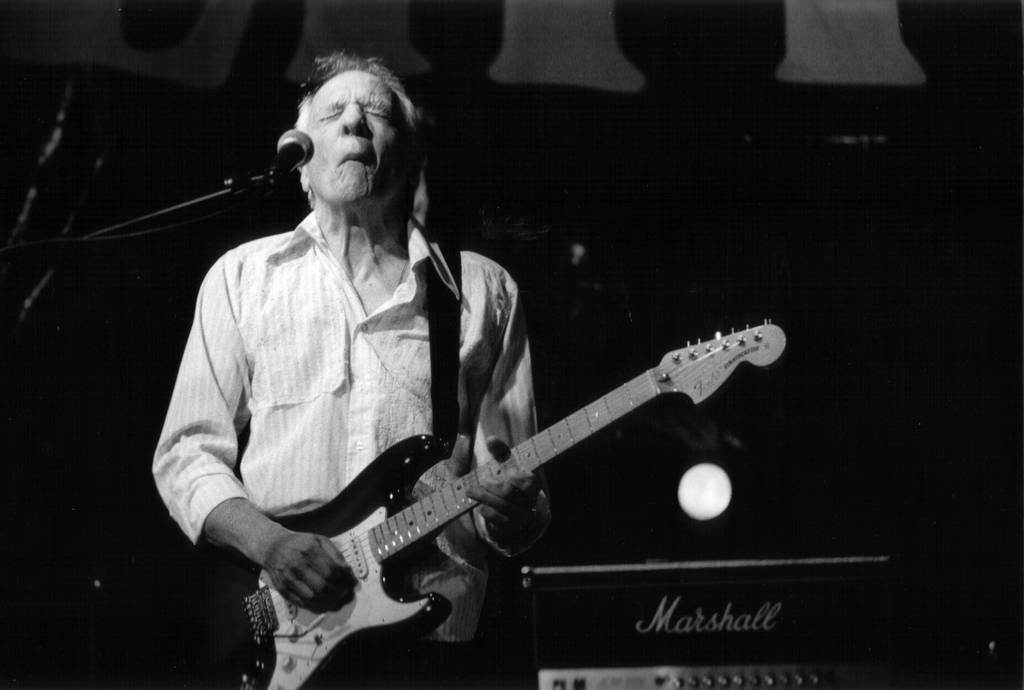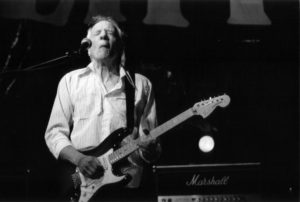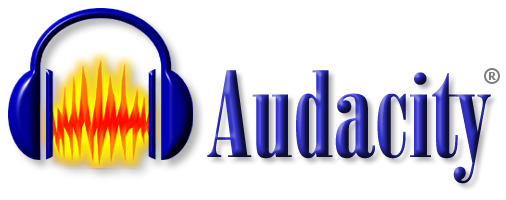Joe Strummer
Joe Strummer was born on 21st August 1952, and passed away at the age of 50. He was a British musician and songwriter best known as the lead vocalist and guitarist of the influential punk rock band The Clash. Joe was naturally left-handed but played guitar right-handed. His guitar style blended punk energy with reggae, rock, and folk influences, shaping the band’s distinctive sound. Strummer’s career spanned beyond The Clash, encompassing solo work and collaborations. He left an indelible mark on music, recognised for his passionate performances and his role in shaping punk’s cultural and political impact. His signature guitar was a 1966 Fender Telecaster. Listen to him on the classic songs Rock the Casbah, and London Calling.

Joe Strummer [by Masao Nakagami, CC BY-SA 2.0 <https://creativecommons.org/licenses/by-sa/2.0>, via Wikimedia Commons]



